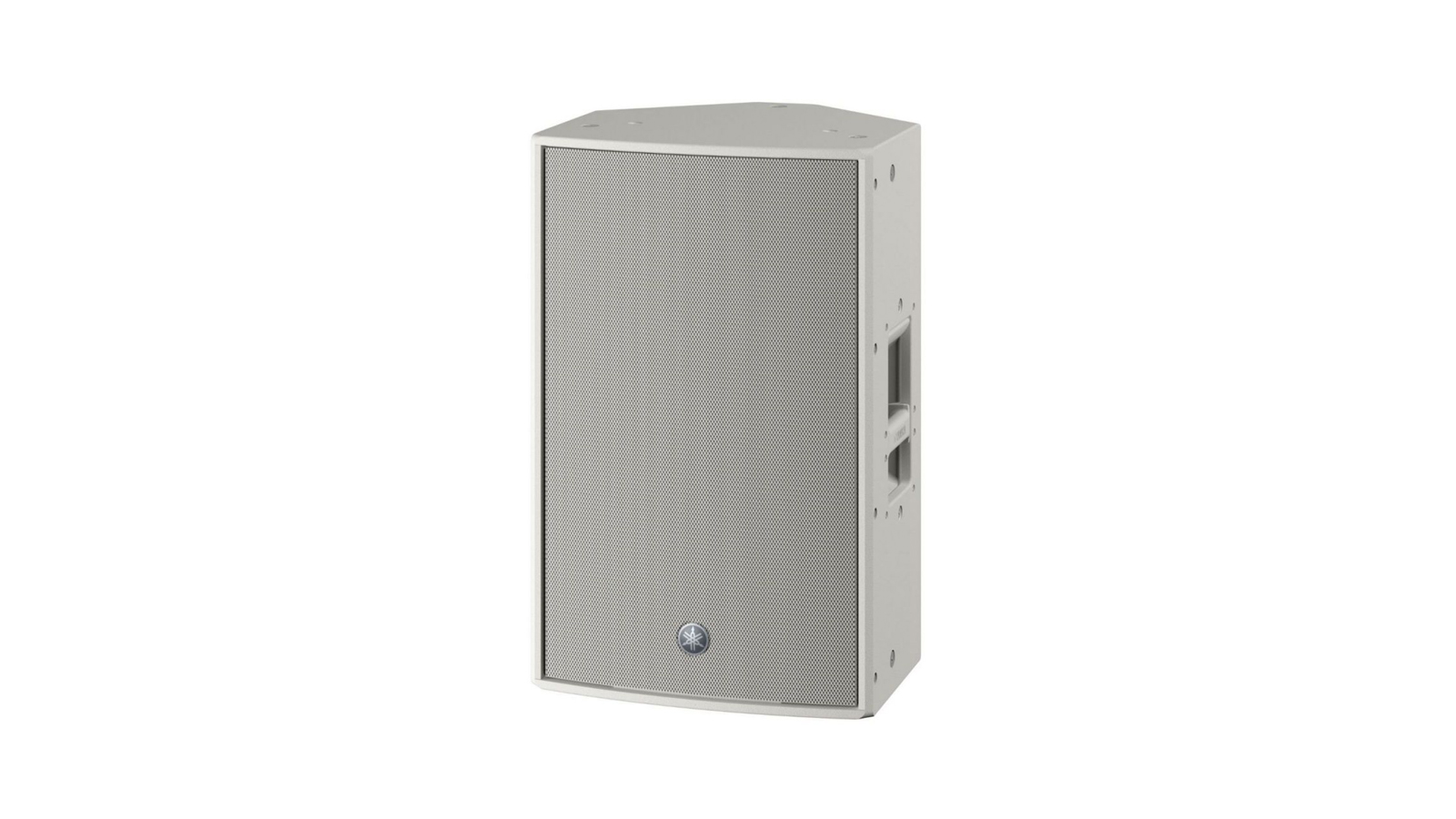MusicRadar Verdict
Sound is one thing when it comes to PA speakers, but arguably reliability is equally as important. At the end of the day, even the greatest sounding speaker on the planet is rendered nothing more than a costly and cumbersome paperweight if it breaks down regularly. Luckily, the Yamaha DZR12-D has both an impressive sonic presence and unmatched build quality, so you'll never have to worry about it failing when you need it most! For us, the DZR is a powerful, versatile and deeply clever PA speaker that showcases precisely why Yamaha is at the top of their game when it comes to sound reinforcement.
Pros
- +
Built to last
- +
Crystal clear sound at any volume
- +
Rotatable horn
Cons
- -
Go for the standard DZR if you don't require the Dante compatibility
- -
We would prefer a standalone master volume control
MusicRadar's got your back
Yamaha DZR12-D review: What is it?
Yamaha has been in the PA game for decades, providing a myriad of high-quality sound systems for almost any application imaginable, and the DZR is their flagship series. Combining Yamaha's highly praised 96kHz DSP processor and advanced FIR-X tuning with a mighty 2000W Class-D amplifier, it's clear that these speakers are designed for those who are serious about their sound.
Housing an intuitive LCD screen on the back panel, the DZR12-D can be tailored to the exact application you require for that particular show. Whether you need a standalone set of front of house speakers, an on-stage monitor or a wall hanging system for installation, you'll find a preset that will allow you to finely tune the EQ, ensuring you get the best sound possible out of the speaker. Better yet, the DZR series also features a clever rotatable horn, further increasing the versatility of this PA speaker. Other parameters accessible via the rear screen are a comprehensive parametric EQ, delay, and routing options.
Like many speakers at this price point, you can also store your own user presets - up to 8 - and transfer them from speaker to speaker via a USB flash drive.
The "D" at the end of the DZR12-D denotes that this speaker is Dante-equipped, meaning it can easily "talk" to other Dante devices and Yamaha products that share this networking technology.
Yamaha DZR12-D review: Performance and verdict
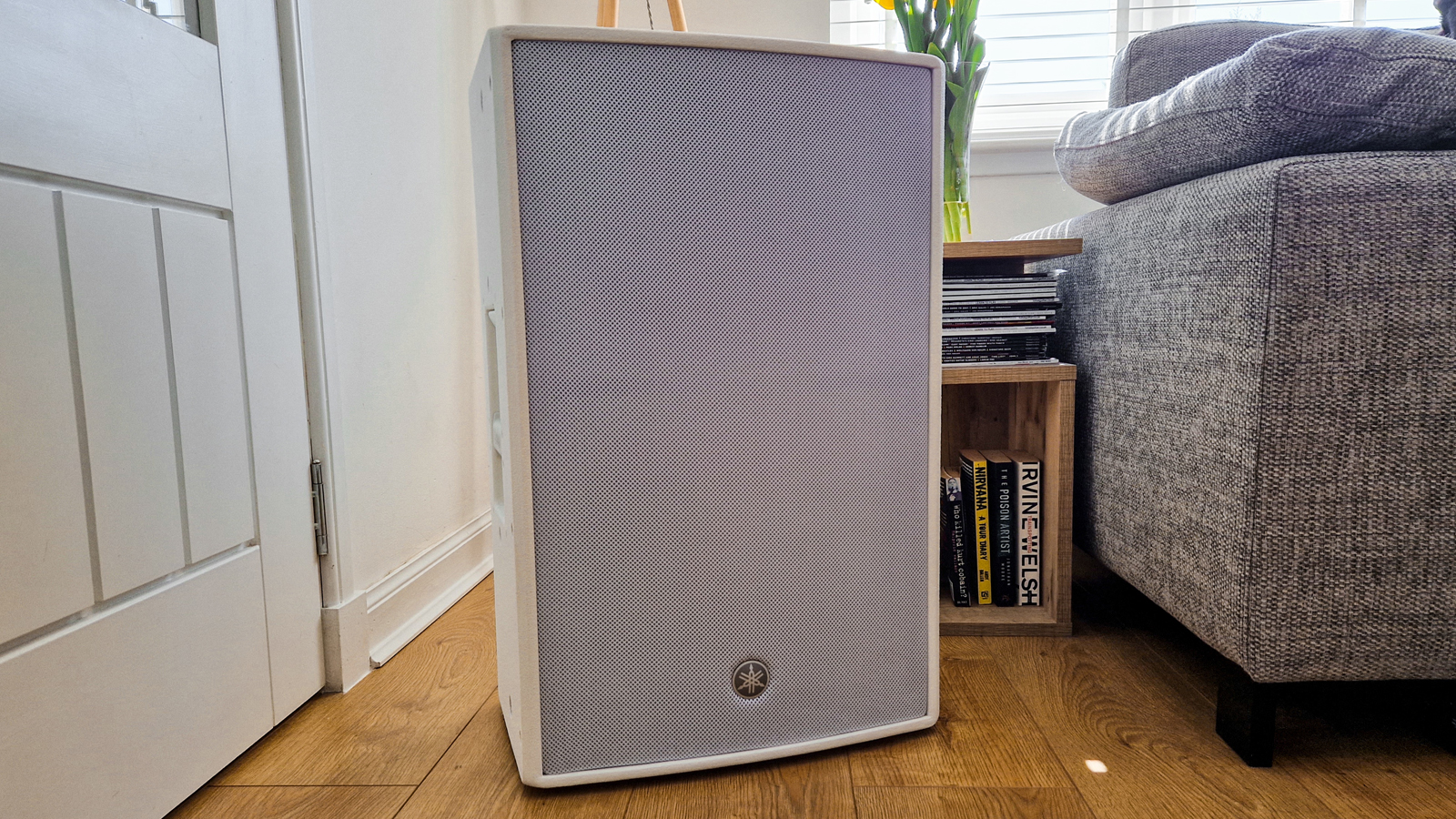
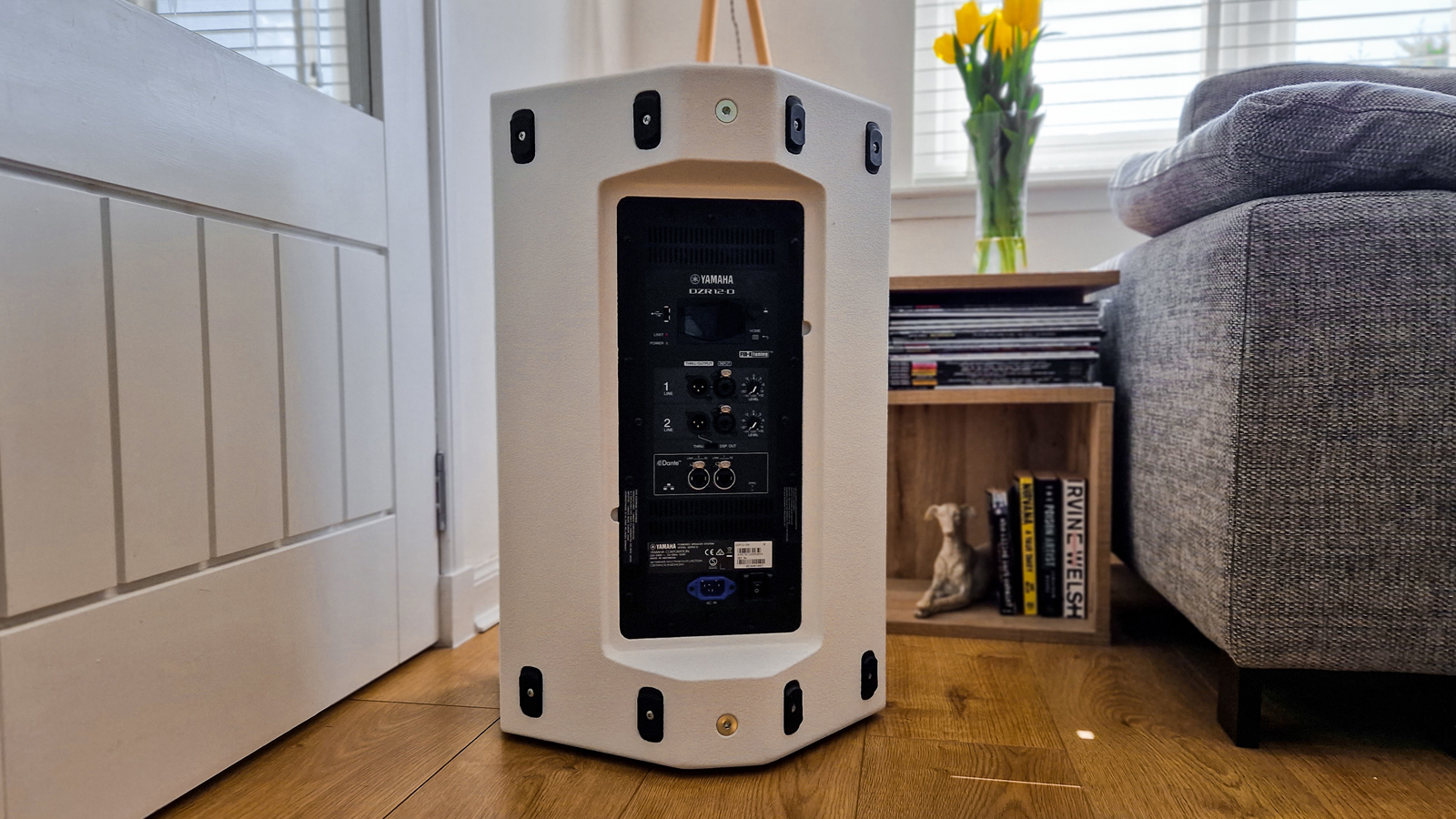
Design and look
As we were sent the white version of the DZR12-D to test, let's start with the speaker's aesthetic. Now, while a brilliant white finish may not be the first choice for a dingy bar gig, it's the perfect option for a venue with a brighter and more neutral colour pallet - wedding venues and corporate events, immediately spring to mind. We think this speaker actually looks pretty handsome in its white get up. Something that we didn't expect to like, if we are honest.
The white variant shares the same hardwearing, plywood enclosure with a textured military-grade Polyurea coating as the black version and feels equally as robust. That said, it will get dirty very quickly if you are taking it in and out of the van every weekend, so a set of good covers wouldn't go amiss.
The beauty of the DZR design is just how adaptable it is. The sleek contours and curves of the speaker's enclosure aren't there to just make the DZR look pretty, they are also exceptionally functional. The angled sides and back are designed to allow you to use this speaker as the front of house PA or as a floor monitor on stage. Now, you don't need us to tell you that this isn't exactly a new idea. Almost every speaker on the market allows you to do this. That said, we have to mention just how stable the DZR feels in its monitor position. While other PA speakers can feel slightly un-even when turned on their side, the Yamaha is as solid as a rock. Couple that with the ability to rotate the horn and even use a mirror-mode placement, and it confirms that the monitor mode wasn't an afterthought for Yamaha, this speaker has been specially designed to do this job and do it well, for that matter!
Other design features such as a locking power cable - which means you don't need to worry about an intoxicated and enthusiastic dancer pulling the plug on your gig - and heavy-duty rubber feet, let you know that this is a professional grade speaker.
Sound
Okay, so the DZR12-D has the look and build quality, but does it have the sound to match? In a word, yes. In our tests, this Yamaha speaker was unflappable. Regardless of the style of music, it never seemed phased, consistently producing a clear, rich tone that does justice to what was being played. The upper mid-range frequencies are particularly detailed, with vocals and the snare drum jumping out of the mix.
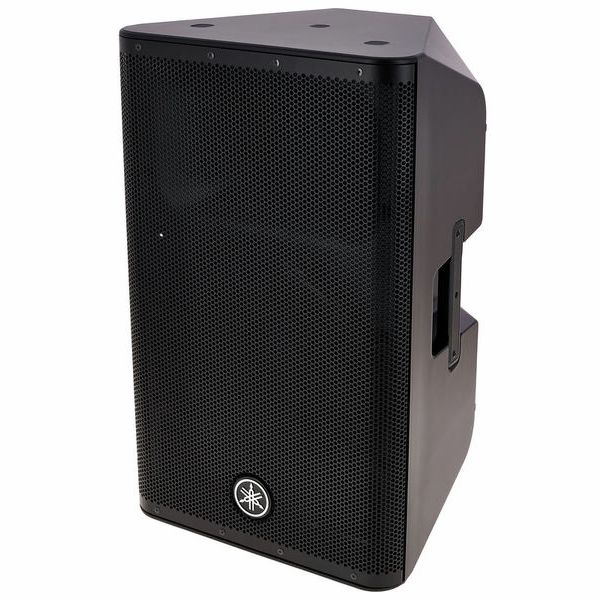
Yamaha DXR12mkII: If you feel the price of the DZR range is too much of a stretch - but you still want to stick to Yamaha - then the DXR12mkII should be on your list to try. With an SPL of 134dB and an impressive 1100W of power, this is a fantastic speaker for the cash.
RCF ART 312-A: If that's still too much of a stretch, this RCF is a very affordable option for a well built and warm sounding PA speaker that will stand the test of time.
Those concerned purely with volume can rest easy, as the output on these speakers is staggering and definitely loud enough for most applications. That said, volume is nothing if the clarity goes once you get it to the desired level. Luckily then, we can say with certainty that that does not happen with the DZR12-D. Once we got the speaker to a giggable volume, the DZR retained its crystal clear clarity and top-end sparkle, with the bottom-end remaining tight and focussed.
On the subject of the bass response, it has to be noted that, even though it only has a 12" low-frequency driver, the bass is very much present, with the vast majority of people able to forgo the accompanying sub - DXS15XLFW - altogether.
Obviously, the bass response is greatly affected by the position of the speaker. For example, if the speaker is on the floor, on its side, or suspended on a pole, the low-end will be exaggerated or diminished. That's why we found the highpass filter control on the back of the unit very useful, and in a live situation, it could prove to be a lifesaver in cleaning up a muddy sounding room.
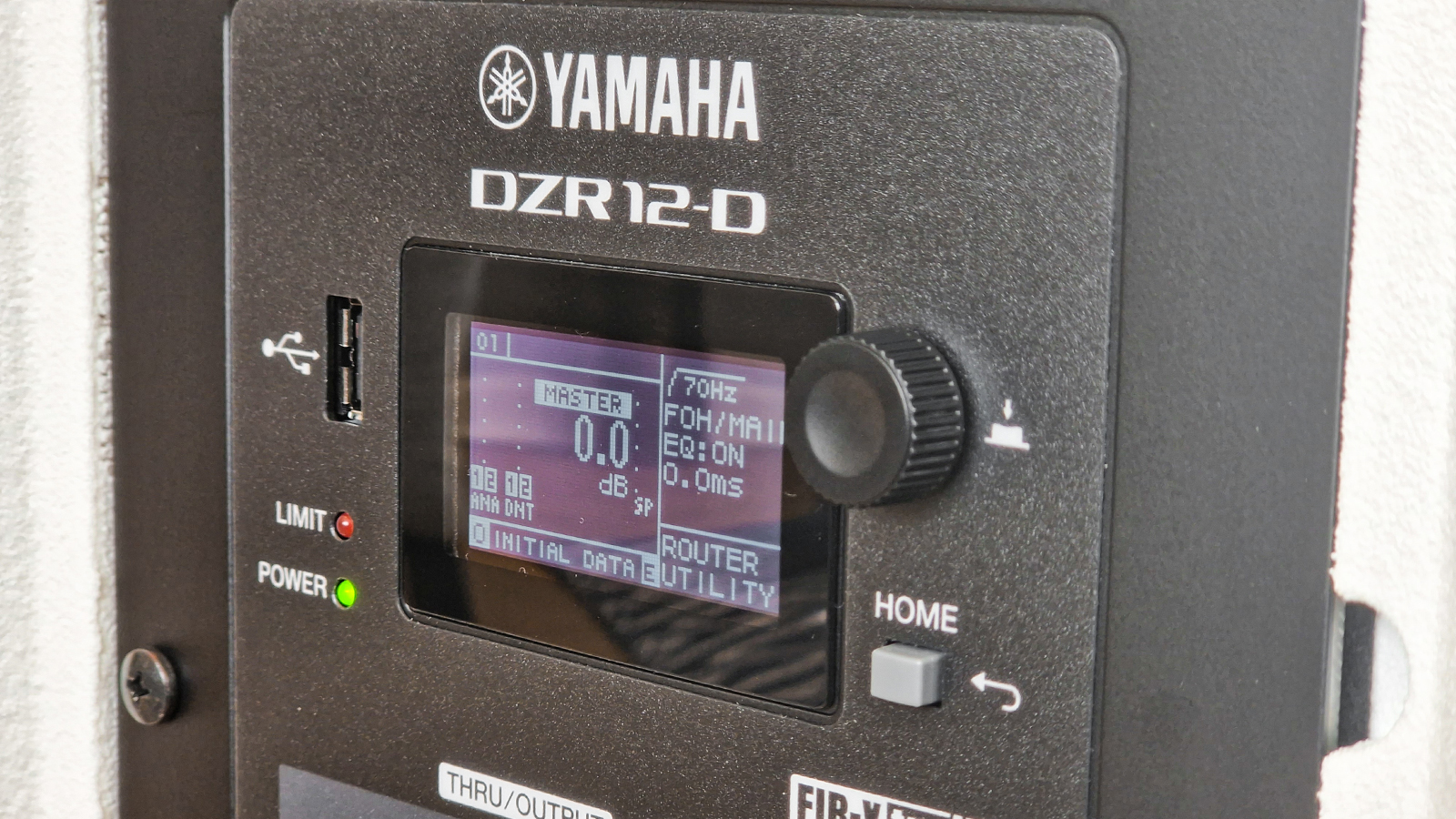
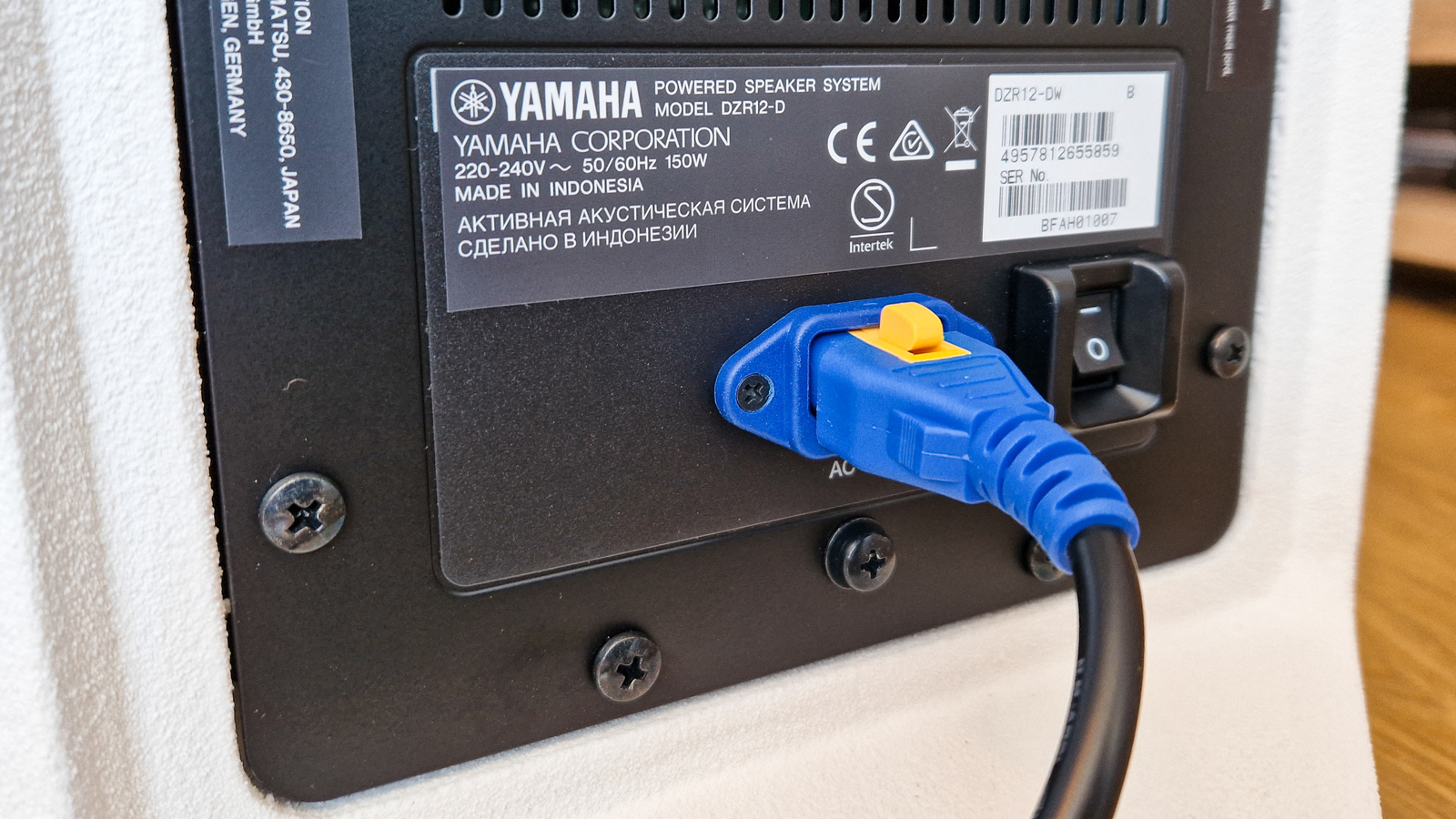
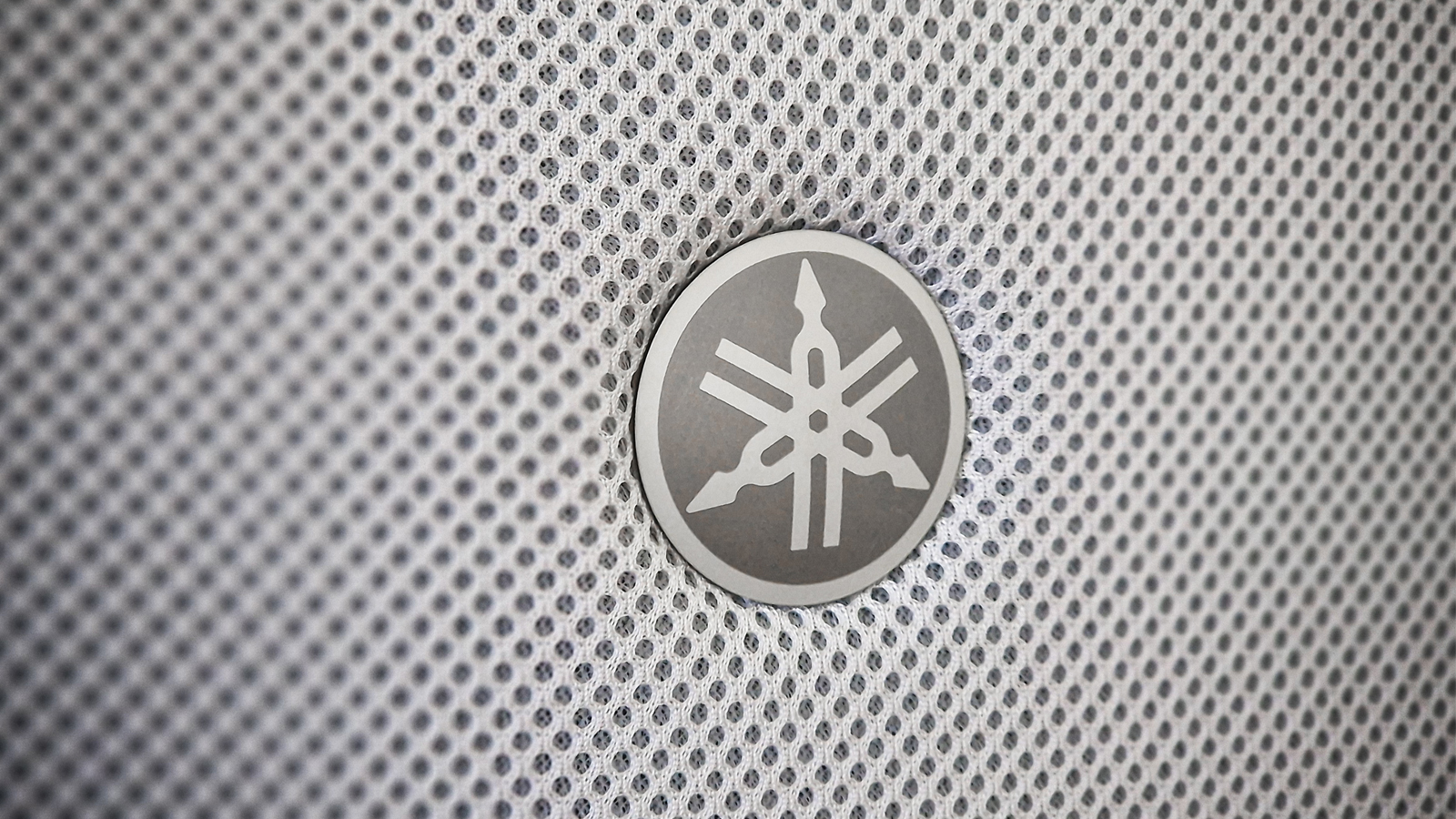
Features
So, let's now turn our attention to the speaker's onboard features, which are neatly accessible via the screen on the rear of the unit. Scrolling through the EQ presets, routing and delay time couldn't be simpler. The rotary control is used to make a selection, and you just need to simply press in to execute the action.
While this is a fairly intuitive screen to use, people who don't like menu diving may find it a little frustrating. That said, most of the settings on the back are set and forget, so to speak, so theoretically, you only need to do this once to optimize the speaker for the venue you are in.
While there are individual controls for the inputs of both channels, the master volume of the speaker is controlled via the LCD screen. Personally, we'd prefer to see a separate control for the master volume, as having the one knob control presets, as well as the level, could lead to potential problems in the throes of a busy event. Don't get us wrong, you'd soon get used to the set-up, but a standalone volume would make it much simpler to adjust the overall level quickly.
Conclusion
The Yamaha DZR12-D is an incredibly impressive loudspeaker that offers the premium build quality and stellar sound we've come to expect from Yamaha. Every aspect of this PA speaker screams professional-grade audio, with clever features that make it easy to tailor the sound to any venue or job. While it's true that over $1,599/£1,100 per box is a rather significant investment, we can safely say they are worth it - especially if you are in a professional function band looking for a top-tier PA that is built to last and has a sound that will stun your audience.
Yamaha DZR12-D review: hands-on demos
Yamaha
accordoTV
Yamaha DZR12-D review: Specifications
- Speaker type: 2-way, Bi-amped Powered Speaker, Bass-reflex
- Frequency range: 39Hz - 20kHz
- Coverage area: H90゚ x V60゚ (Rotatable)
- Crossover: 1.8kHz (FIR-X)
- Maximum output level: 139dB SPL
- Power rating: 2000W (LF: 1000W, MF/HF: 1000W)
- I/O Connectors: Analog IN: Combo x2, Line level (Maximum +24dBu), Input impedance 20kΩ, Analog OUT: XLR3-32 x2, CH1: THRU (fix), CH2: THRU or DSP OUT
- Amplifier class: Class-D
- Dimensions WxHxD: 410 mm x 646 mm x 394 mm
- Weight: 21.4kg
- Contact: Yamaha
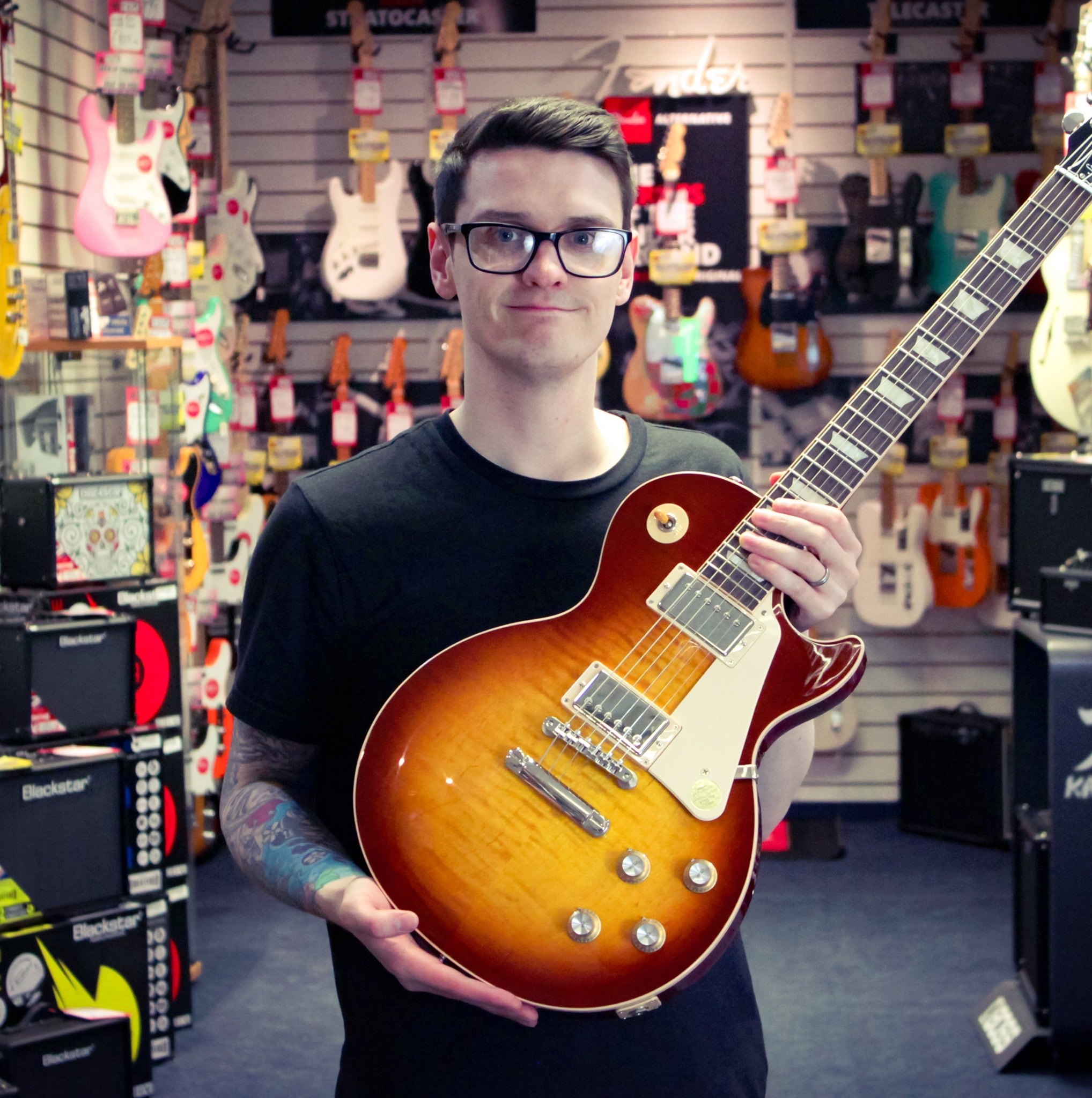
I'm a Senior Deals Writer at MusicRadar, and I'm responsible for writing and maintaining buyer's guides on the site - but that's not all I do. As part of my role, I also scour the internet for the best deals I can find on gear and get hands-on with the products for reviews. My gear reviews have been published in prominent publications, including Total Guitar and Future Music magazine, as well as Guitar World.com. I've also had the privilege of interviewing everyone from Slash to Yungblud, as well as members of Sum 41, Foo Fighters, The Offspring, Fever 333 and many more.
I have a massive passion for anything that makes a sound, particularly guitars, pianos, and recording equipment. In a previous life, I worked in music retail, giving advice on all aspects of music creation and selling everything from digital pianos to electric guitars, entire PA systems, and ukuleles. I'm also a fully qualified sound engineer who holds a first-class Bachelor's degree in Creative Sound Production from the University of Abertay and I have plenty of experience working in various venues around Scotland.
“Excels at unique modulated timbres, atonal drones and microtonal sequences that reinvent themselves each time you dare to touch the synth”: Soma Laboratories Lyra-4 review
“I used everything I knew about music”: How Green Day exceeded expectations with their most ambitious song
YouTube just added AI tools that makes musicians, library music and video editors redundant
